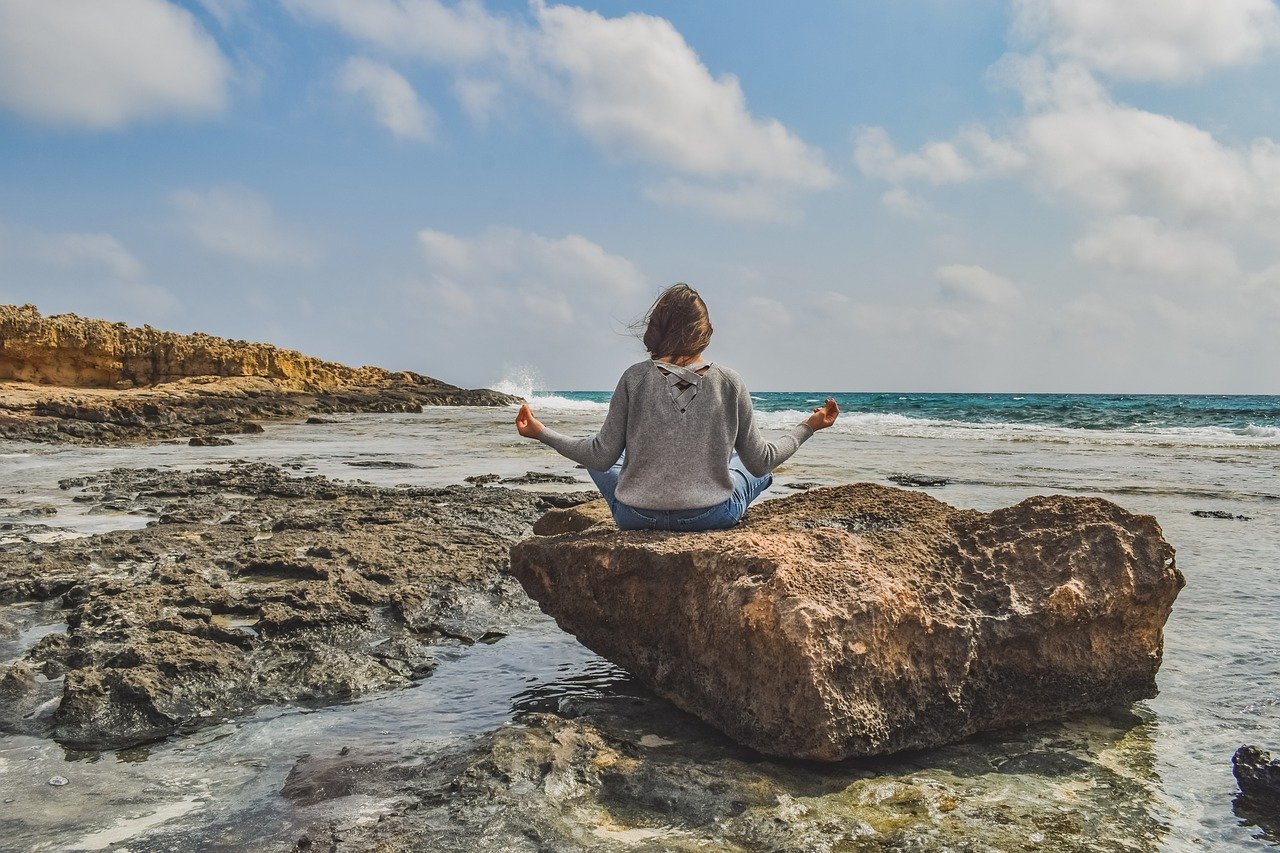Yoga encompasses everything. This ancient Indian practice strengthens the body and mind by combining physical poses with meditation and breathing techniques. Ashtanga and Bikram are vigorous styles that are good for building muscle and burning calories, while Integral and Kundalini are gentler styles that concentrate on meditation. The majority of sessions last 45 to 90 minutes, and you will need to practice the poses at home to master them.
Yoga, like every other workout, isn’t flawless. Despite the fact that this meditative exercise reduces tension, encourages calmness, and increases stamina, endurance, and balance, it is not suitable for all. It does, however, have some drawbacks. So, what are the dangers of doing yoga?
● Risk of Injuries
Although yoga is a relatively low-risk form of exercise, there is always the possibility of injury with any type of exercise or activity. Although the risk of injury is considerably lower in yoga than in crossfit (or any other workout we’ve blogged about*), it would be reckless of us to claim that there is no risk of injury. If you’re thinking of starting yoga for the benefits of chronic pain relief or posture correction as someone with a pre-existing condition or injury, you should always consult your doctor or physiotherapist first.
● Hypochondriacs
One of the most noticeable benefits of yoga practice is that we become more conscious of what is going on with our bodies (and minds). To put it another way, we’ll start noticing every ache and discomfort, each bad psychological thought-loop, and every tickle in the throat that seeks to turn into a filled head cold. Raising our consciousness is beneficial, but this is the truth of what occurs as a result—and it’s not always simple to deal with. We learn how to cope with the pain, not get caught up in our thoughts, and listen to our intuition as it advises us to calm down, relax, and recover with continuous practice.
● Osteoporosis
For people with osteoporosis, some poses do much more serious damage. This is due to the fact that the pose raises the risk of soft tissue and bone damage, as well as muscular pain. People who have pain in their knees, necks, hips, or backs are considered high-risk. Since they include stretching or bending the spinal cord, the poses assisted headstand, also known as Salamba Sirsasana, bridge, and downward dog pose have been related to osteoporosis.
How Do I Practice Yoga in a Safe Way?
People also begin yoga for the combination of mental and physical exercise. Before trying out some pose, it’s best for a beginner to understand the benefits and drawbacks of yoga. Doing various postures is enjoyable since there is no age or body type restriction. Individuals of all ages, fitness levels, and weights will begin and appreciate the activity.
The key to successfully performing the poses and preventing the drawbacks of yoga is to never push your body to do more than it can manage. Always pay attention to your body and respect its limitations. Remember to relax, take a break in between poses, and seek out an expert if you want to advance your practice.
About the Authors
Journey Healing Centers focuses on Yoga primarily as a healing practice for men, women and children of all ages. We know that most Americans believe that “yoga is good for you,” but did you know that science backs them up? It’s true! Yoga has been shown to improve health, cardiovascular fitness, flexibility, and balance, all while reducing stress, anxiety, and pain. Yoga practitioners have a stronger sense of mental clarity, physical fitness, flexibility, and strength. As you can see these are all powerful reasons for taking up Yoga – so join us!
Special thanks to Mary Jane’s CBD Dispensary one of the top cbd online stores. We’re so glad you found our site. You can find your way back to the blog anytime by clicking on our logo at the top of any page or using our site map for a complete list of pages and their associated content. If you want to stay connected with Mary Jane’s CBD Dispensary, we would love it if you could check out their site today! And don’t forget about Facebook and Twitter too – both are great ways to keep in touch with what’s happening at MJCD. Until next time!

